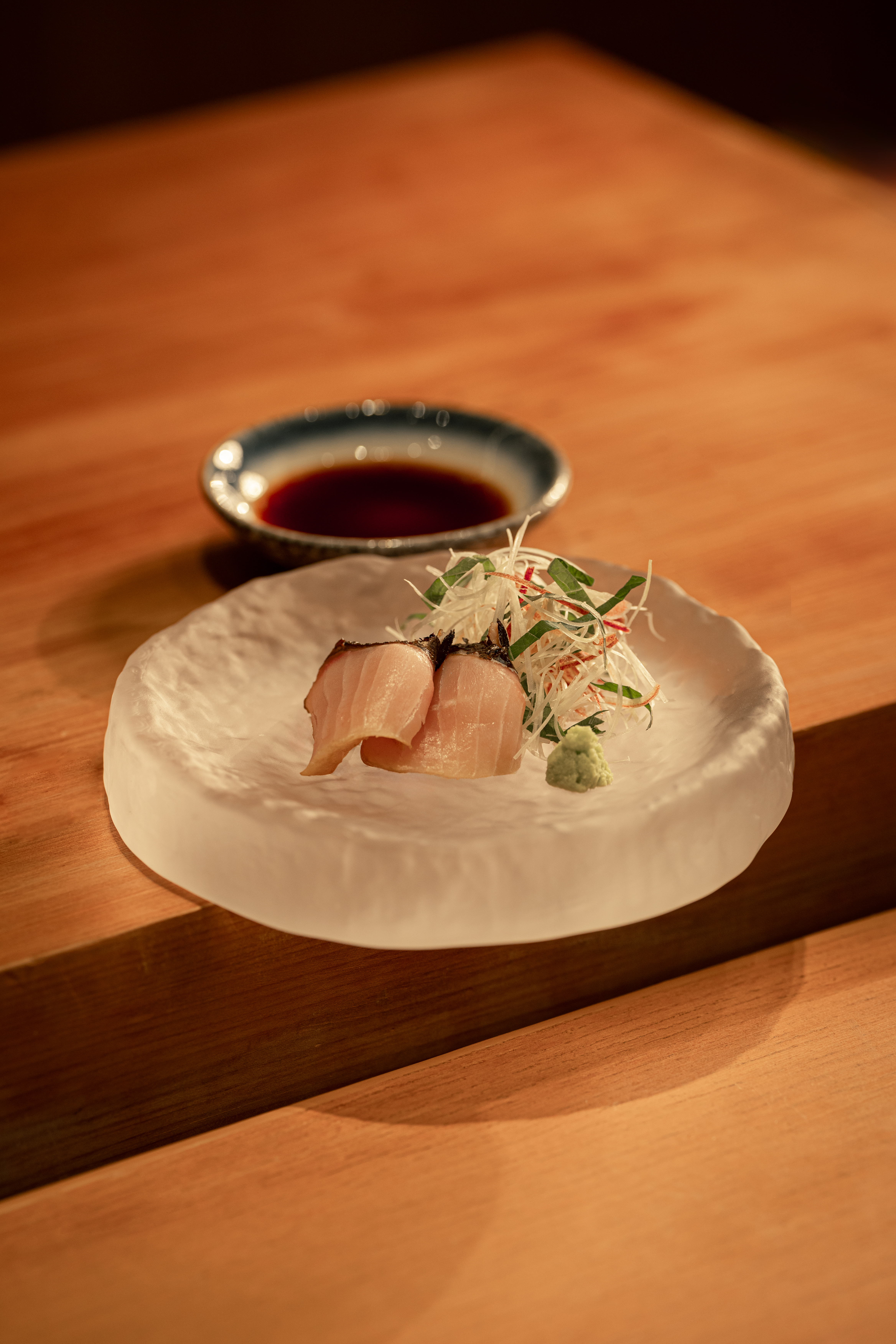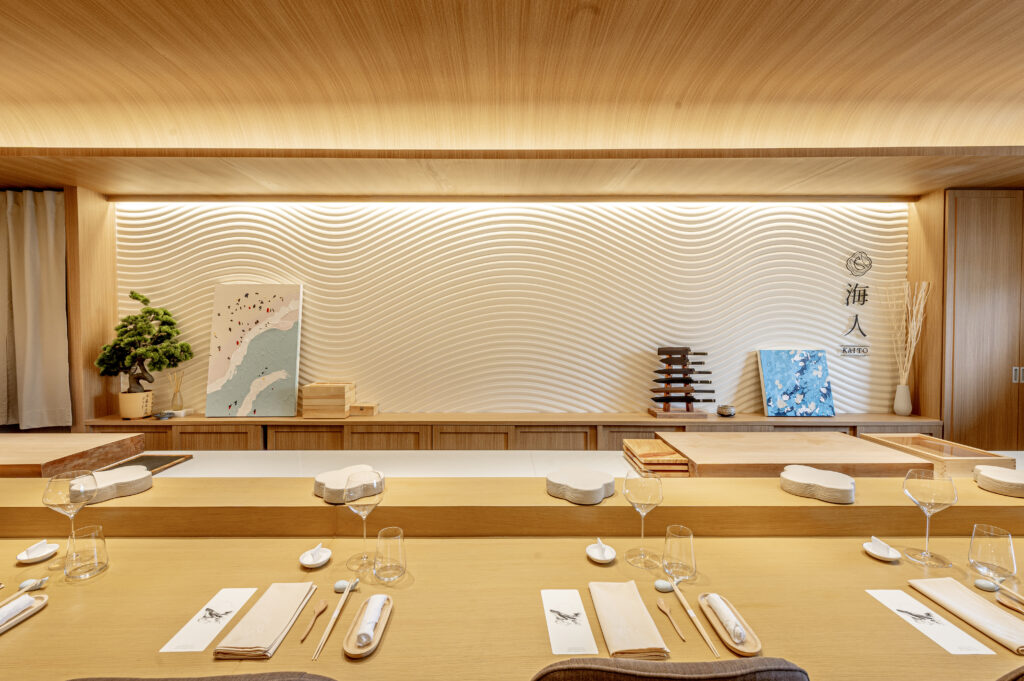The tradition of omakase
which means “I’ll leave it up to you” in Japanese, has its roots in the sushi culture of Tokyo in the mid-20th century. Prior to this, sushi was a more casual food consumed at street stalls or modest restaurants where diners ordered specific pieces.
However, in the 1920s and 1930s, some of Tokyo’s higher-end sushi restaurants began adopting the omakase style. Rather than ordering à la carte, guests would simply communicate their budget to the sushi chef. The chef would then use their skills and creativity to serve the freshest seasonal fish available, curating a special meal for each patron.

This allowed the sushi chefs to showcase their artistry and talents, while guests experienced an element of spontaneity and surprise. The intimacy of the sushi bar setting further enhanced this unique dining experience.
As Japanese cuisine gained popularity in the decades after World War II, the omakase concept expanded beyond just sushi. By the 1960s and 70s, upscale Japanese restaurants started offering multi-course omakase tasting menus that highlighted the chef’s skills across a range of cooking styles.

These elaborate omakase meals catered to Tokyo’s elite became a way to experience the pinnacle of Japanese culinary art. As Japanese food spread globally, so did the omakase tradition, allowing chefs worldwide to provide a personalized, chef-guided dining journey.




